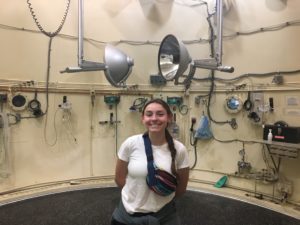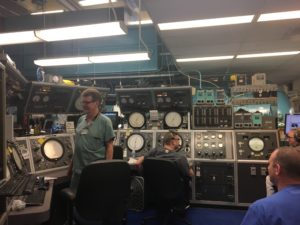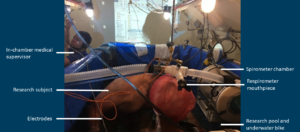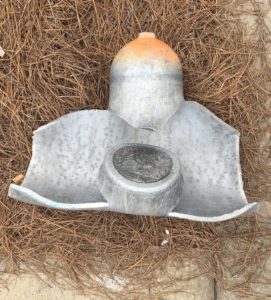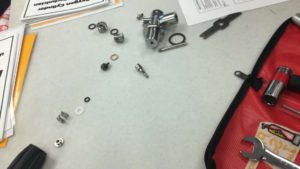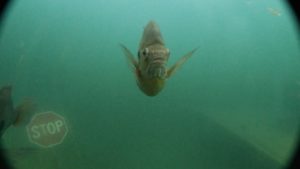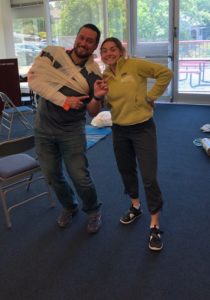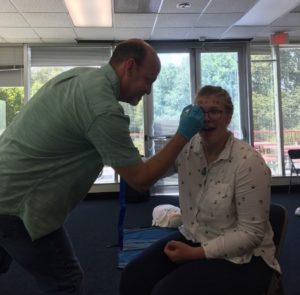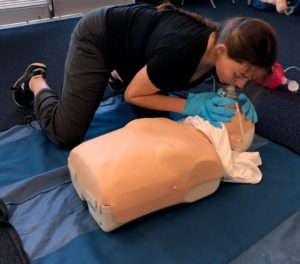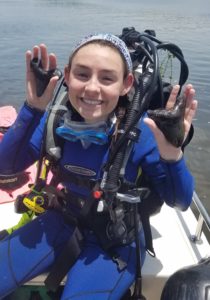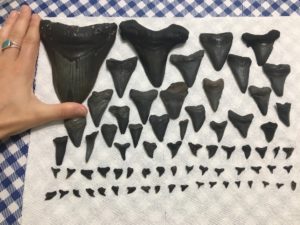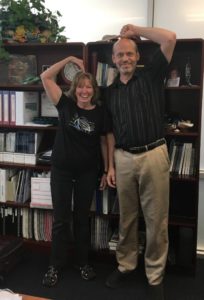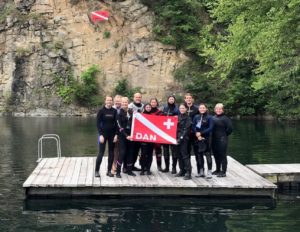My last few weeks here at DAN have been busy wrapping up projects, cramming in as much diving as possible, and saying tough goodbyes.
One of my final projects here was reviewing existing videos and identifying needed changes based on the revised course content from our earlier edits for global use. The next step was to create storyboards for filming updated videos for the Diving First Aid for Professional Divers (DFA Pro) course. Storyboarding is the art of creating an outline for a video or film using illustrations of main scenes and shots for the video.
I learned how to storyboard by researching how Walt Disney developed storyboarding for his films. Disney was the first to use the storyboarding practice, and it is still used today to plan films. Apparently, Disney said something along the lines of not needing to be a great artist to be a great storyboarder, only needing to be able to get a point across. While I enjoy art, I believe I have really embodied that saying in my storyboard work. They aren’t beautiful sketches, but it depicts how we want the films to look and highlights the important changes. This is beneficial in making the filming process more efficient and easier so the videographers and actors know how the scenes should play out. I won’t be around for the video shoot, but I look forward to seeing the changes posted in version 3.0 of DFA Pro in elearning.
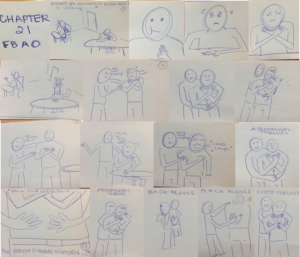
My storyboard for relieving a foreign body airway obstruction (severe choking) on an adult.
This image shows the storyboard for the adult foreign body airway obstruction video. Based on the combination of first aid guidelines from various national first aid organizations, we needed to incorporate changes into the videos as well. The new version of DFA Pro will teach three techniques for relieving a foreign body airway obstruction, which includes abdominal thrusts, chest thrusts, and back blows. This can be seen in the storyboard in the last 4 panels.
This week, the other interns and I gave presentations on our work this summer for the DAN Public Lecture Series. I also presented to the DAN staff on my final day, and they even threw me an ice cream party! Well, I am sure they would have had the ice cream party anyway, but excuses always help.
As my time here at DAN comes to an end, I would like to reflect on the things I have learned this summer.
I am grateful for the opportunity to have worked so closely with the DFA Pro course, because with my participation in the course revision process, I feel confident in my first aid skills and hope to expand upon them in the future. I had the opportunity to learn valuable skills on course development through working with Patty and Jim, and I learned how to effectively educate a diverse audience. I know that these skills will take me far as I hope to work with people all over the world in the future.
Simply being around so many accomplished and knowledgeable divers, I learned a lot about diving physics and technical diving while here. Although I only just began my divemaster, learning about the diverse potentials for my diving future is exciting.
As shared throughout my past blog posts, I have added many more tools to my kit of dive knowledge and safety. I am thankful for the opportunity to have participated in the research intern workshops with Dr. Frauke Tillmans and Dr. Allan Uribe, both of whom have been great mentors and friends in addition to my primary mentors, Patty Seery and Jim Gunderson.
Since the training department is currently housed with the medical department, I got to know all the medics and doctors here as well and learned about typical diving-related medical topics and injuries. I also learned what happens when you call the emergency hotline! Everyone here is so nice and knowledgeable, and I feel that I would be in very good hands if I ever need help.
Finally, I learned that DAN is always here for me. Whether I need medical advice, liability insurance, training resources, or friends to talk to — I know I can always count on the people here at DAN for their support and knowledge.
I have a new appreciation for all DAN’s resources, including the medical emergency and informational lines, first aid courses, and dive insurance! As long as I am a diver, I will carry DAN dive insurance. (No, they did not pay me to say that!) I look forward to becoming a dive professional and emphasizing safety as part of the training I conduct. For all the instructors out there, did you know that you can register your students for DAN insurance for free during the extent of their training?
I would like to thank everyone here at DAN for sharing their knowledge with me and making this experience valuable and memorable.
I am off to continue my journey back in Washington, where I will lead sea kayaking trips in the San Juan Islands for first-year orientation for my school, Whitman College. I will return to Walla Walla, WA, for my senior year, and write my biology thesis on bone density of deep-sea fishes. Thank you to my new DAN and OWUSS families for providing me with this incredible opportunity to learn and grow. I look forward to seeing where the future takes me!
The final dives:
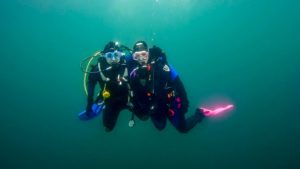
Thankful for the friends I made at DAN! Diving the wreck of the Advance with Tess Helfrich.
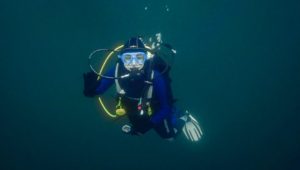
Diving safely! 🙂


